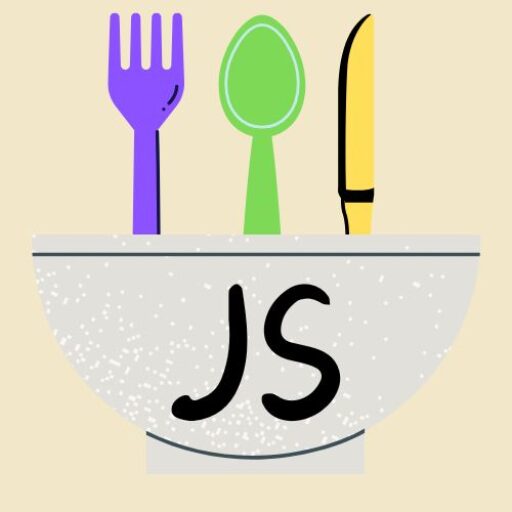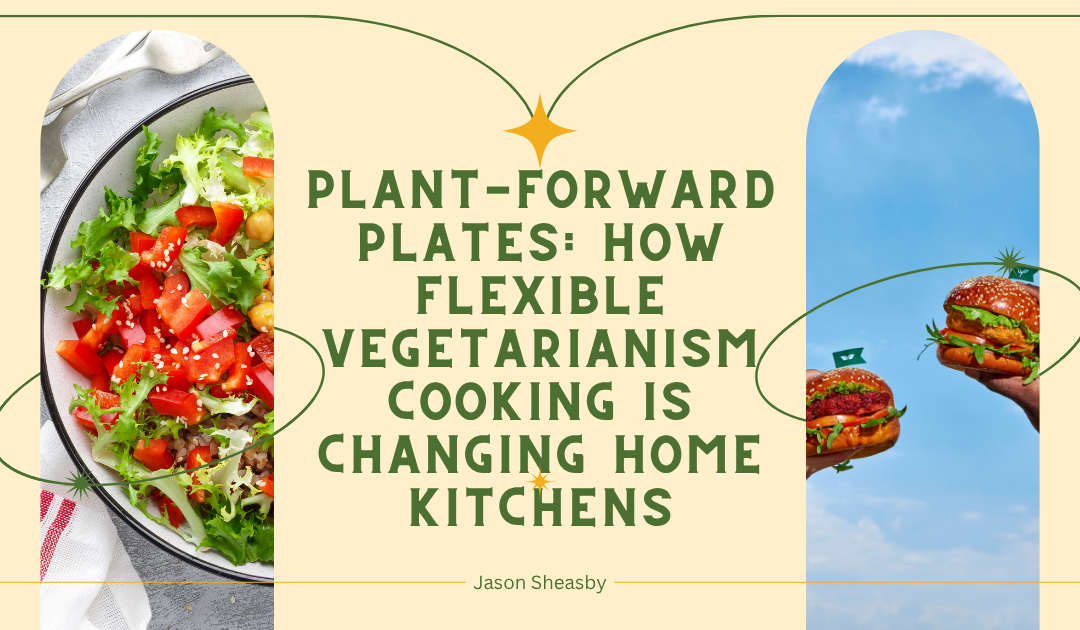In kitchens across the country, a quiet revolution is taking place—one that doesn’t demand strict labels or rigid dietary rules. Instead, it encourages a thoughtful, flexible approach to eating that places plants at the center of the plate without excluding meat entirely. This emerging style of cooking, often referred to as “flexitarian” or “plant-forward,” is transforming how home cooks plan meals, shop for ingredients, and experience food.
Flexible vegetarianism celebrates the idea that small, intentional choices can have a big impact—on health, the environment, and even the joy of cooking. Rather than eliminating animal products completely, it emphasizes plant-based ingredients like vegetables, legumes, grains, nuts, and seeds, while allowing for occasional inclusion of meat, fish, or dairy. This approach appeals to a wide audience: the health-conscious, the environmentally aware, the curious foodies, and even the skeptical meat lovers who are simply seeking more variety in their meals.
One of the most significant shifts brought about by plant-forward cooking is the change in what constitutes the “main dish.” Traditionally, meat has taken center stage on the dinner plate, with vegetables playing a supporting role. Now, dishes like roasted cauliflower steaks, lentil and mushroom ragu, or chickpea shawarma bowls are stepping into the spotlight. These meals prove that vegetables can be hearty, satisfying, and deeply flavorful—especially when seasoned boldly and cooked with care.
Home cooks are also becoming more adventurous with global flavors, turning to cuisines that naturally emphasize plant-based ingredients. Mediterranean, Middle Eastern, Indian, Thai, and Ethiopian dishes offer a treasure trove of vegetarian recipes that are rich in spices, textures, and aromas. Think of a warm bowl of Moroccan tagine, a vibrant plate of mezze, or a comforting bowl of dal. These dishes demonstrate that plant-forward doesn’t mean bland or boring—it means inventive, colorful, and nourishing.
This shift is also reshaping pantry staples. Items like canned beans, lentils, quinoa, tahini, nutritional yeast, and tofu are finding permanent spots in cupboards. Many families are learning how to make creamy sauces from cashews, burgers from black beans, or scrambled “eggs” from chickpea flour. The result is not just a more diverse array of meals, but also greater kitchen creativity. Flexitarian cooking encourages experimentation, making the act of cooking more engaging and less routine.
Another reason this trend is gaining ground is its accessibility. Unlike strict veganism or specialized diets, plant-forward cooking meets people where they are. It offers flexibility, allowing individuals and families to gradually shift their habits without pressure. A weeknight pasta might feature a vegetable-rich sauce with just a touch of pancetta for flavor. A taco night could include both carnitas and grilled mushroom options. This inclusive approach makes plant-forward eating feel less like a sacrifice and more like a smart, sustainable evolution.
Health is a major motivator as well. Studies consistently show that diets rich in vegetables, legumes, whole grains, and healthy fats can reduce the risk of chronic diseases like heart disease, diabetes, and certain cancers. By incorporating more plant-based meals into their routines, home cooks are making choices that support long-term wellness for themselves and their families.
And, of course, there’s the environmental impact. Even modest reductions in meat consumption can significantly lower a person’s carbon footprint and reduce water usage. As climate concerns grow more urgent, many individuals are realizing that food choices are one of the most immediate ways they can contribute to a healthier planet.
Ultimately, the rise of plant-forward plates is about more than ingredients—it’s about a mindset. It’s a movement toward intentional eating, where flavor, nutrition, sustainability, and enjoyment coexist. It empowers home cooks to explore new possibilities and redefine what delicious looks like on their plates.
In a world that often demands extremes, flexible vegetarianism offers a refreshing middle ground. It invites everyone to be part of the conversation—whether they go meatless once a week or most days. As this trend continues to grow, it’s clear that home kitchens are becoming more inclusive, inventive, and connected to the world beyond the dinner table.

